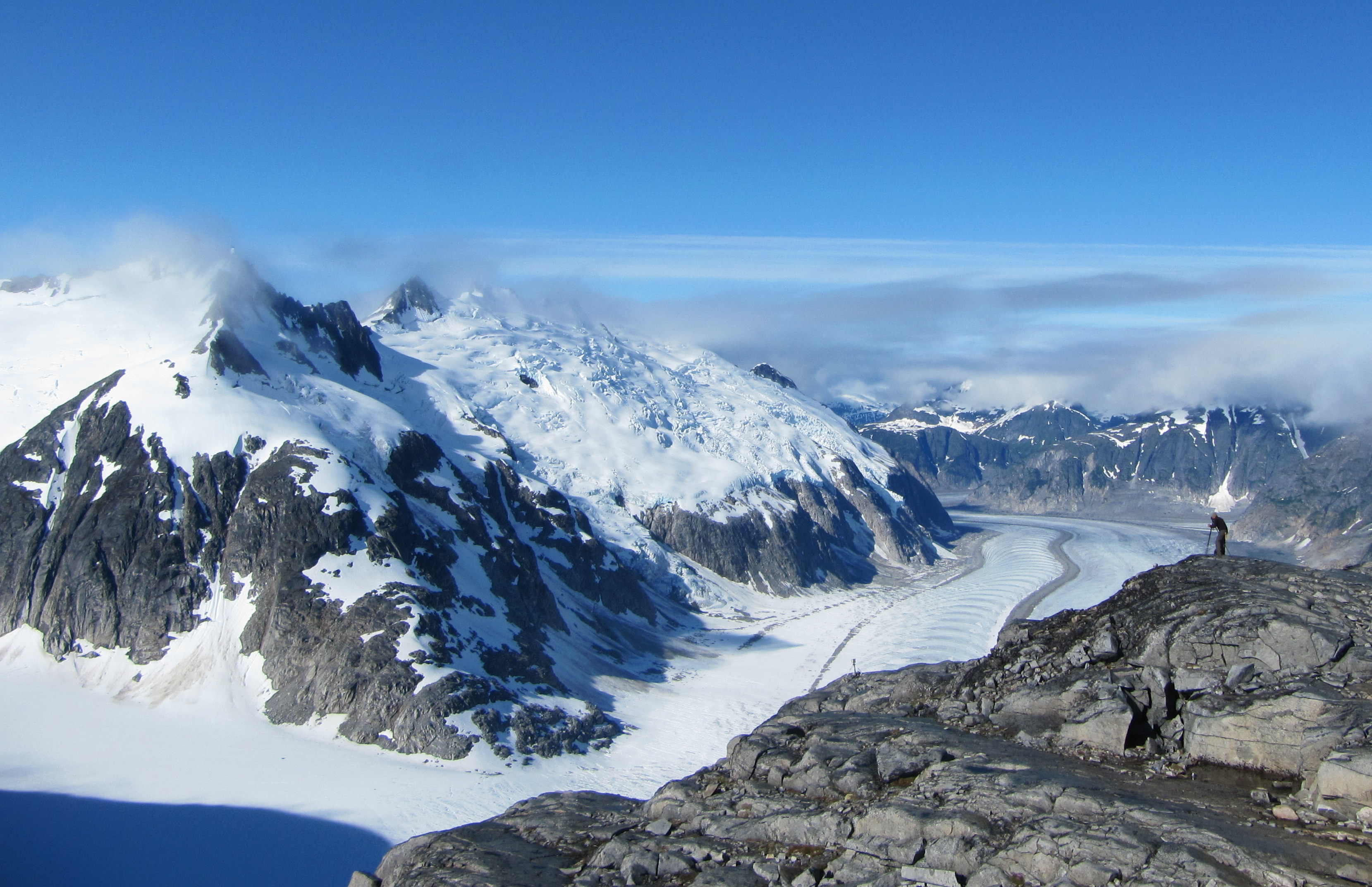Alaska's Juneau Icefield Is Melting at an 'Incredibly Worrying' 50,000 Gallons per Second, Researchers Find
Between 2010 and 2020, the icefield lost 1.4 cubic miles of ice each year, according to a new study
Christian Thorsberg
Daily Correspondent
July 3, 2024

Gilkey Trench in the Juneau Icefield NSIDC under CC BY 2.0
The Juneau Icefield, which extends for some 1,500 square miles from northwest British Columbia, Canada, into southeast Alaska, is composed of more than 1,000 glaciers, and it has been for millennia. But now, perhaps more than ever, the landscape’s longevity is in question.
A new study published Tuesday in the journal Nature Communications highlights the icefield’s unprecedented and accelerating melting. Its snow-covered area is shrinking 4.6 times faster than it was prior to the 1980s, researchers say—and between 2010 and 2020, it lost roughly 1.4 cubic miles of ice per year. Now, meltwater is flowing from the icefield at 50,000 gallons per second, reports Seth Borenstein of the Associated Press (AP).
Amid human-caused climate change, driven largely by carbon dioxide emissions from burning fossil fuels, the Arctic is warming nearly four times faster than anywhere else in the world. Alaska itself has seen the average temperature increase 2.6 degrees Fahrenheit since 1980.
“If we reduce carbon, then we have more hope of retaining these wonderful ice masses,” Bethan Davies, a glaciologist at Newcastle University and lead author of the study, tells the New York Times’ Raymond Zhong. “The more carbon we put in, the more we risk irreversible, complete removal of them.”
More:
https://www.smithsonianmag.com/smart-news/alaskas-juneau-icefield-is-melting-at-an-incredibly-worrying-50000-gallons-per-second-researchers-find-180984650/
